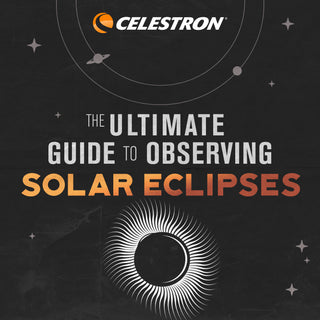Jupiter and Venus Conjunction
February 7, 2023
Mark your calendars and get ready for a magnificent planetary conjunction of the two brightest planets in our Solar System! On the evening of March 1, 2023 (March 2, 2023, 4:15 a.m. GMT). Venus, shining brilliantly at magnitude -4.0, will join mighty Jupiter, shining at -2.1, in the western sky. Located in the constellation Pisces, the pair will appear like two celestial beacons separated by only one-half a degree in this stunning side-by-side meetup. Although Venus and Jupiter will appear like close neighbors to one another, as seen from Earth, they are millions and millions of miles apart.
Planetary conjunctions are not rare and can be quite noticeable, especially when they involve bright planets. Sometimes, we may notice other conjunctions taking place in the sky. Planets will pair up with other planets; sometimes, the Moon will meet up with planets such as Venus and Mars or even a bright star.


Viewing Tips:
Because Venus and Jupiter are easy to locate, they will be a noticeable pair as no other stars in the night sky can outshine them. If you are a beginner unfamiliar with the night sky, a planetarium app for your smart device can help point the way.
Do not wait until March 1 to begin watching Venus and Jupiter. Both planets are now visible in the evening sky, and you can follow their progress as the gap between them narrows throughout February, leading up to their close conjunction.
A few days before the conjunction, note where Venus and Jupiter are located near the western horizon, so you'll know where they will be on the evening of March 1. This will enable you to select the best viewing location with a clear, unobstructed view.
Set up early, as there will be a short window to see the event—about two hours.
A week before the Venus and Jupiter conjunction on February 22, look for the thin crescent Moon joining both planets in the western sky for a beautiful evening display.

Depending on your telescope and eyepiece, you may view both planets in the same eyepiece. If your telescope has a focal length under 2000mm, using an eyepiece of 25mm or longer with at least a 52-degree AFOV should provide a nice view of both planets.
If you have binoculars or a spotting scope, use it! Any optical aid will enhance the planets for a more memorable viewing experience. Even a small 8x42 or 10x42 binocular will show Jupiter as a disc and reveal its four brightest moons! Be sure to use a tripod, if available, to help steady the view, or use a table, wall, or automobile hood/trunk to prop up your arms to help minimize any shaking.
If no optical aid is available, enjoy the view with your naked eyes.
Don't forget to use your camera to capture and share this stunning conjunction on social media. With Venus and Jupiter close to the horizon, include a foreground subject for a more picturesque composition.
Once the conjunction of Venus and Jupiter is over, it does not mean you should stop observing. Continue to follow the planets throughout March, and you will gradually see them move further apart.
We wish you clear skies and happy viewing. Don't miss it!


























